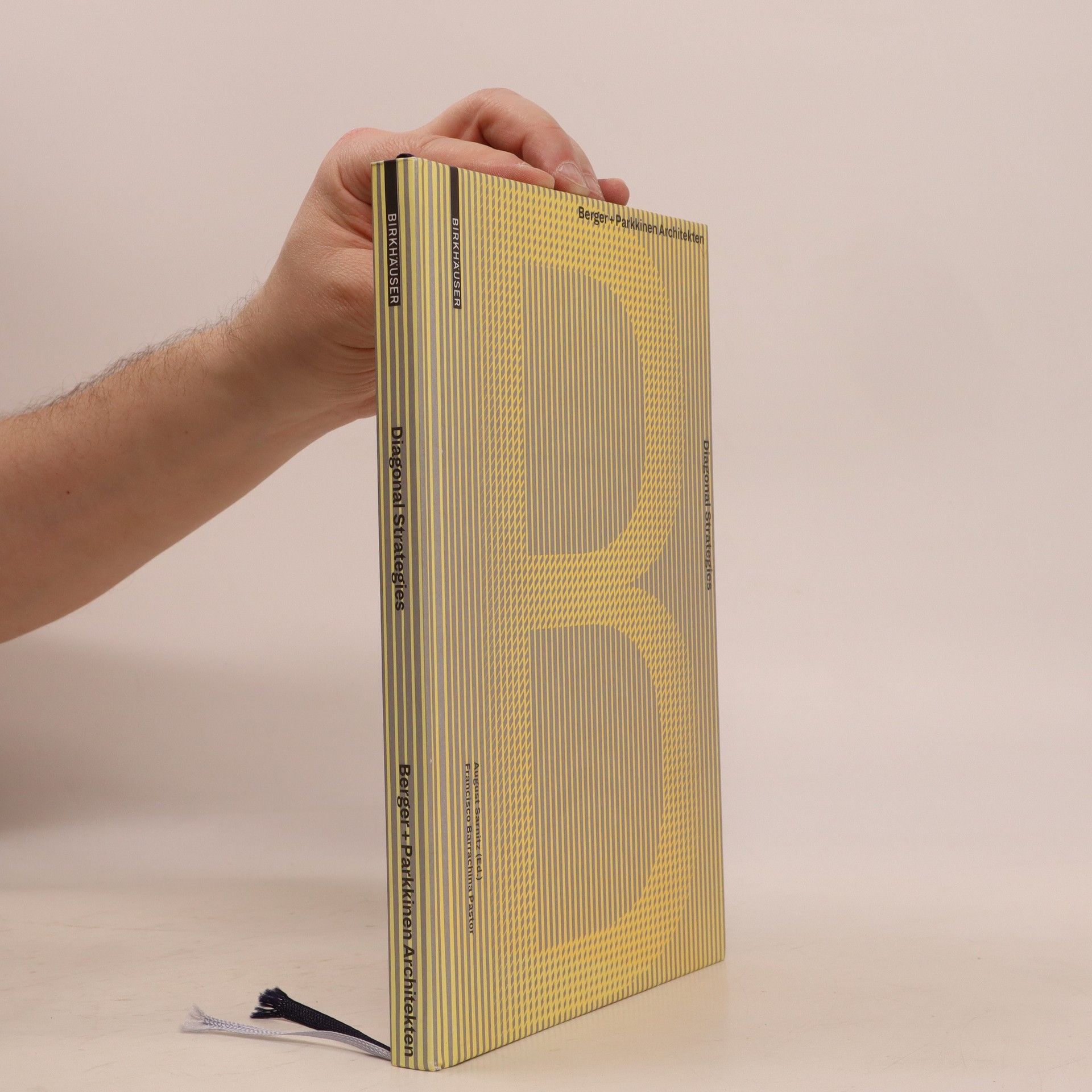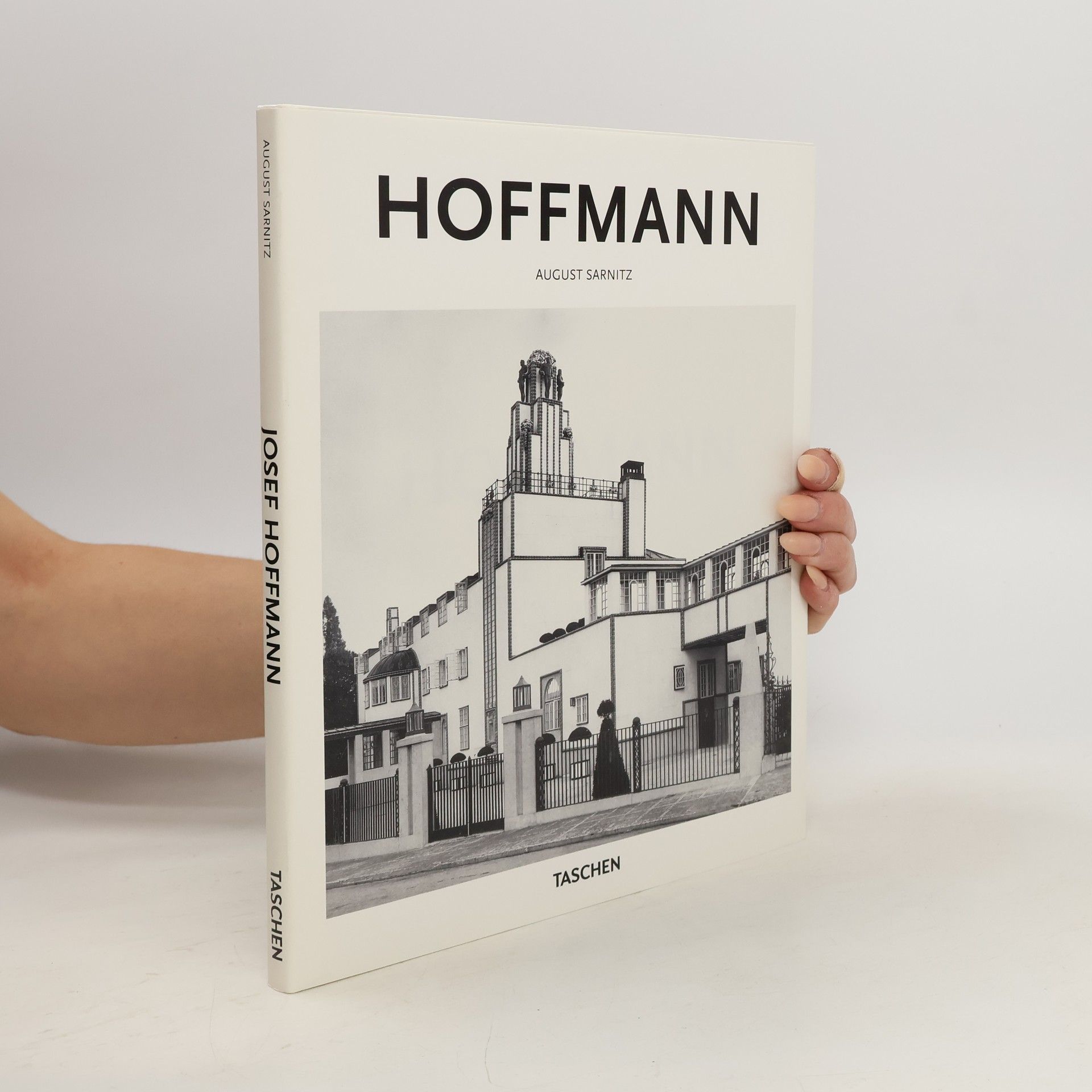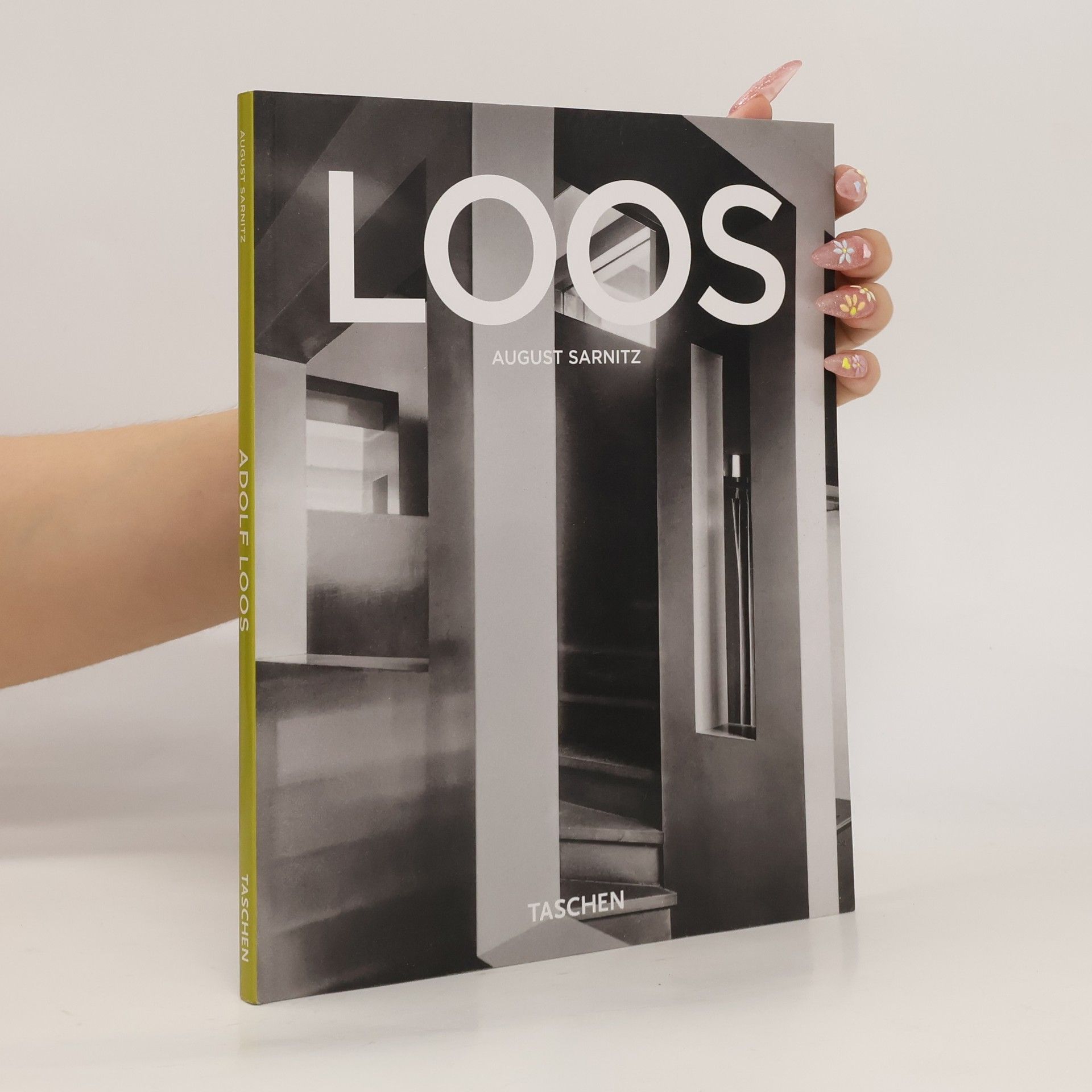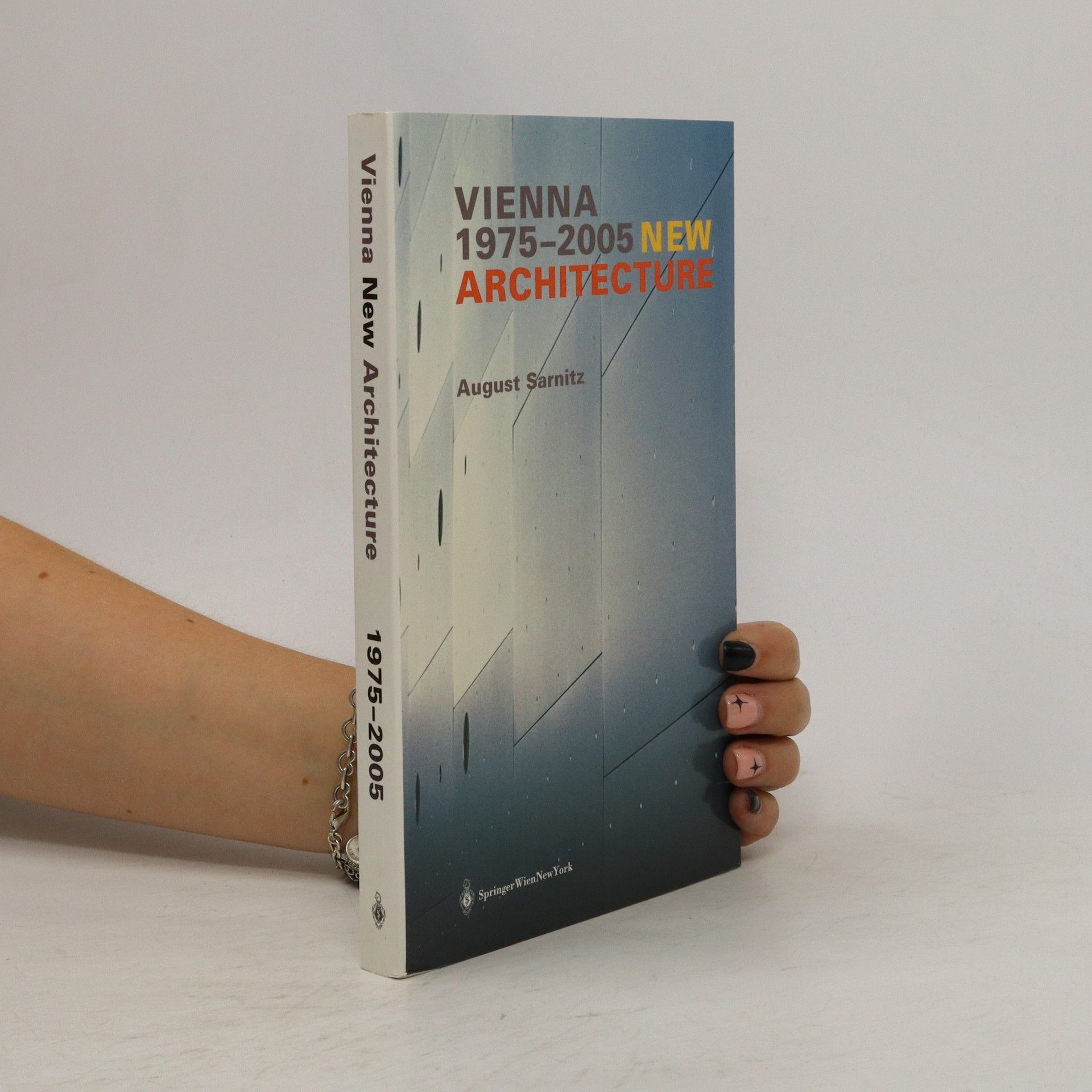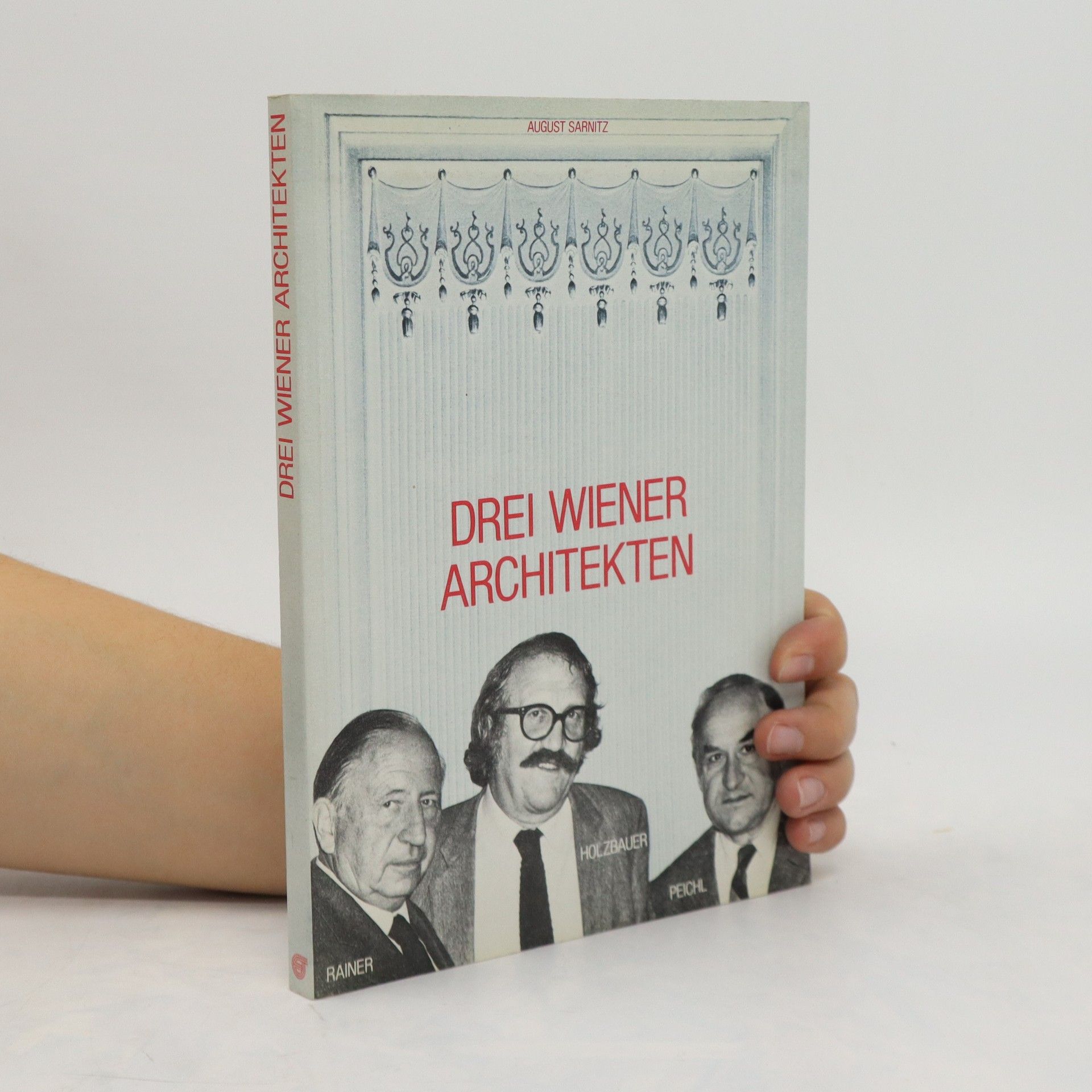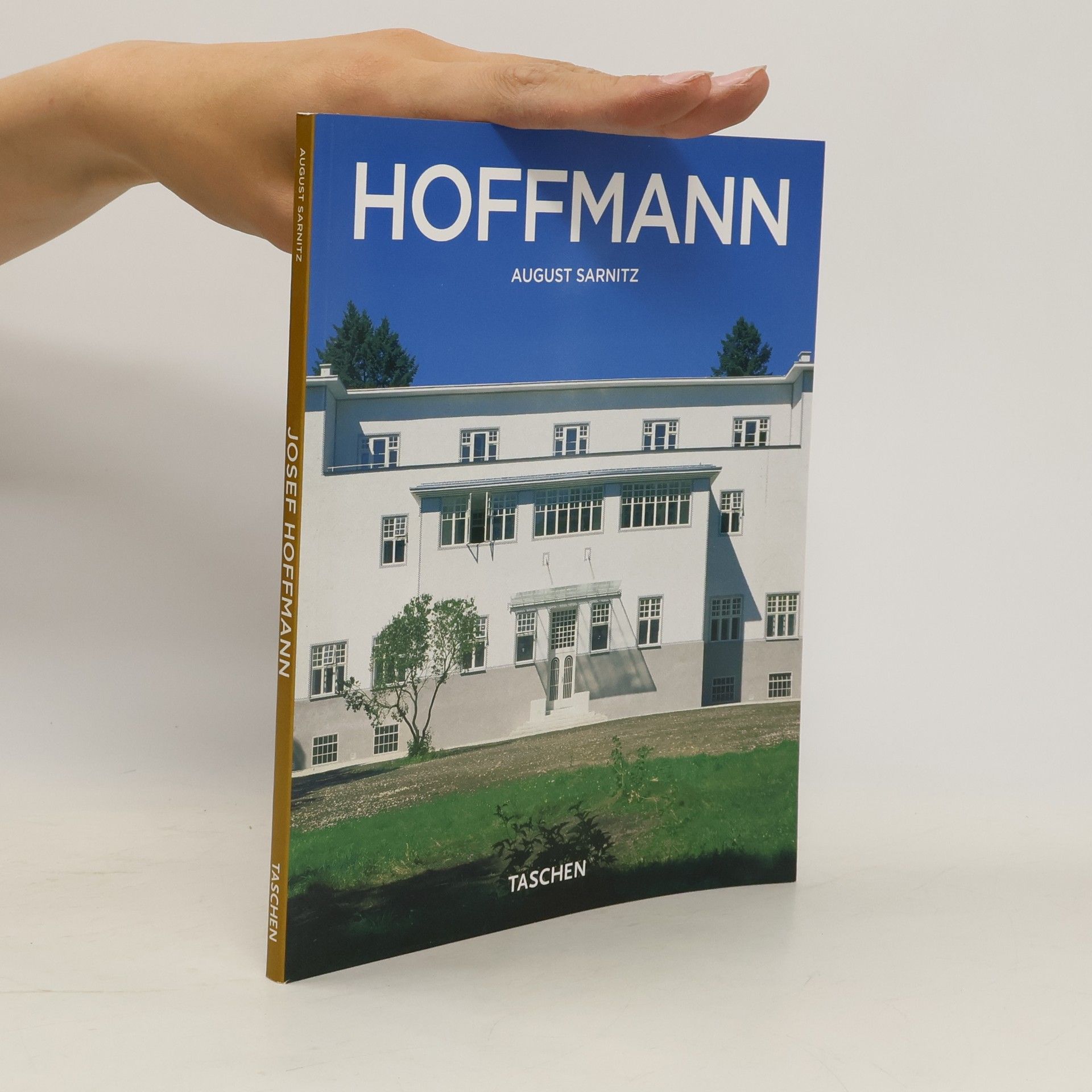Vienna - new architecture 1975 - 2005
- 256 pages
- 9 hours of reading
Intense urban development and consistent modernisation have marked the last three decades in Vienna. This new architectural guide with its essays on urban culture, urban renewal and urban spaces is a reflection of this process. Approximately 300 objects are presented in the book's main part by means of texts, photos and plans, each building localized and easy to find on the accompanying maps. This new guide will prove itself ideal both as a handy accompaniment on city strolls and as a reference work on new Viennese Architecture, and in that it offers an insight into the city's Architectural Institutions and selected restaurants, cafés and bars. TOC: From the contents: Three essays by August Sarnitz, Matthias Boeckl and Reinhard Seiß / selected architectural tours / 300 buildings and their construction / Vienna's Architectural Institutions / architect-designed restaurants, cafés and bars / index of the buildings presented
